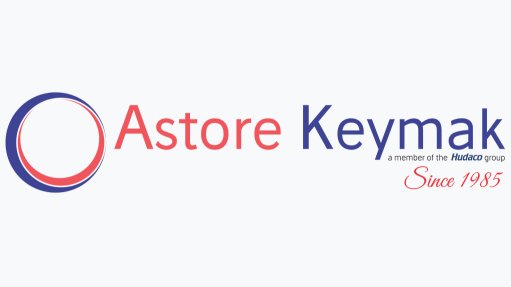Cape Town doctor aiming to rewrite the sports safety-gear script

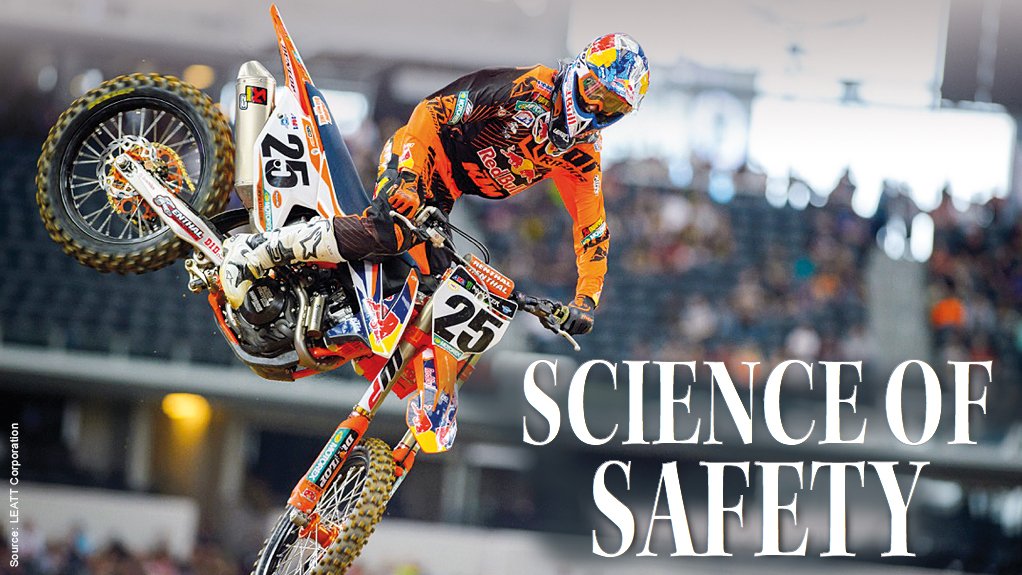
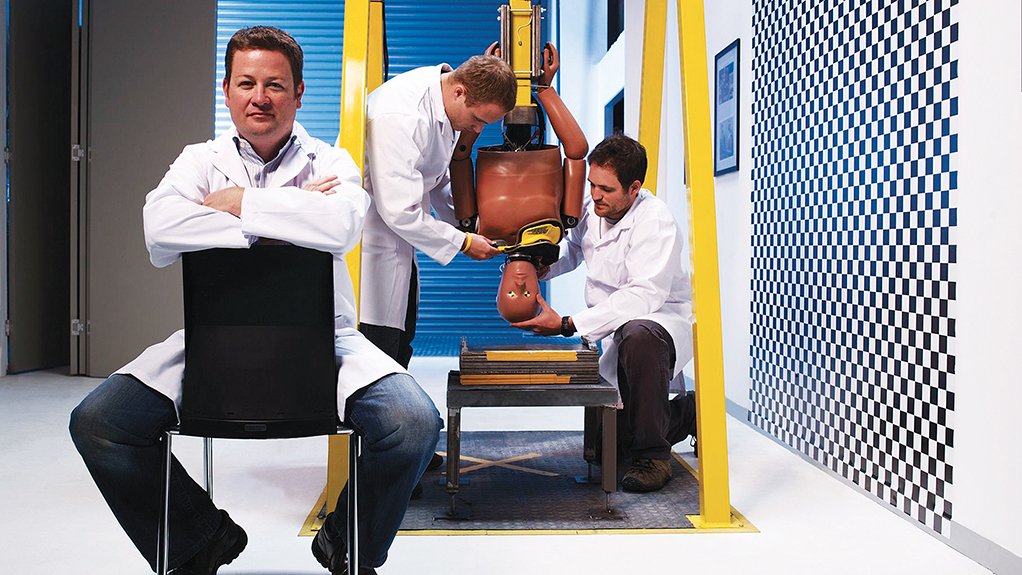
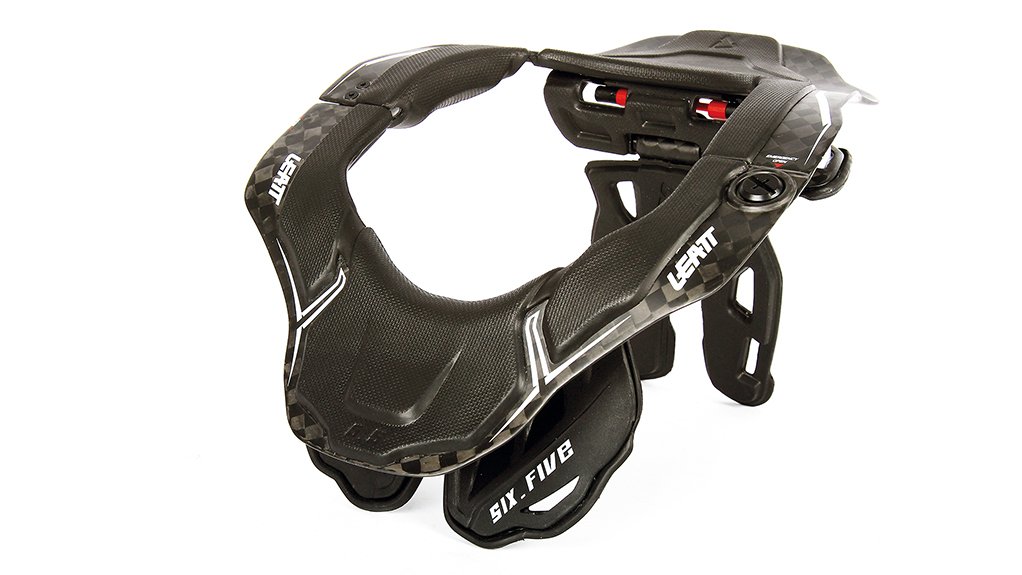
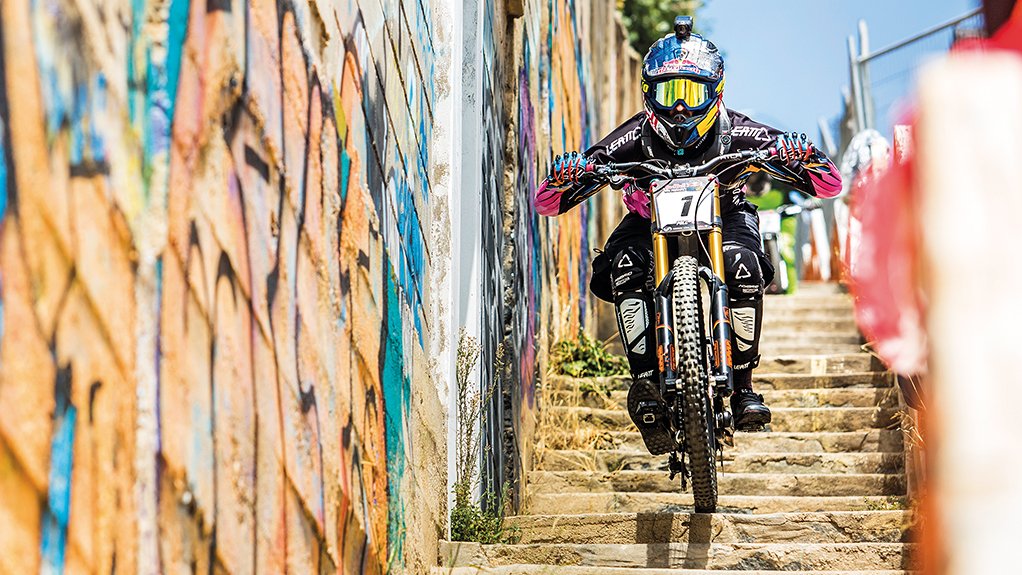
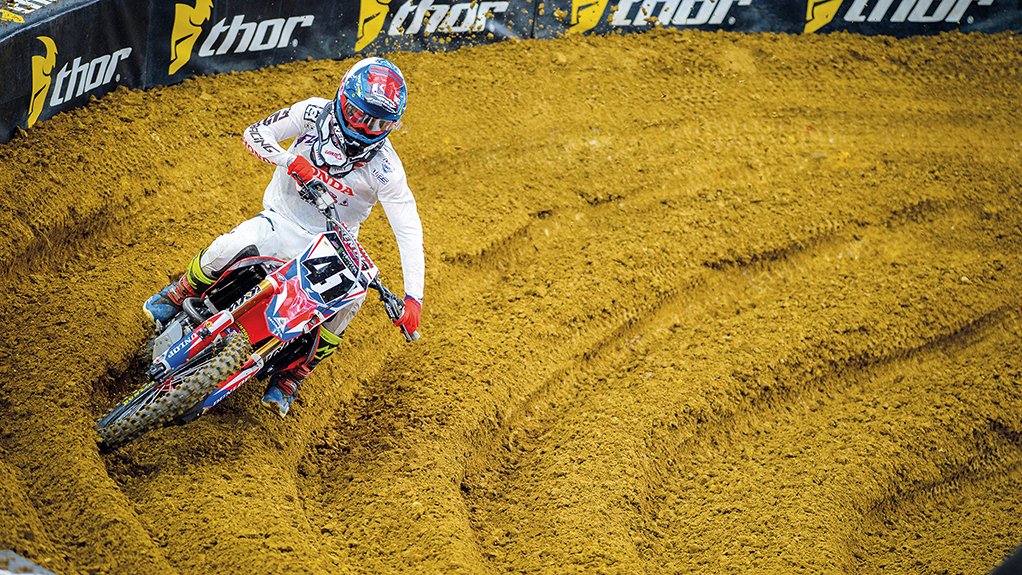
CHRIS LEATT Production is in China, but research and development happens in Cape Town
SAFETY FIRST The Leatt-Brace has been credited with saving many a biker from a broken neck
EXPANDING HORIZON Leatt’s goal is to protect more athletes in a wider range of sports, with multiple product lines
BRACING CHANGE The Leatt-Brace creates an alternative load path for some of the injurious neck forces associated with a typical motorcycle accident
Fifteen years ago, Dr Chris Leatt witnessed the death of a fellow motorcycle rider a few weeks after his four-year-old son, Matthew, got on a bike and fell in love with the sport.
“Alan Selby had fallen at the top of a hill and I travelled up with the paramedic to assist,” says Leatt from his home in Cape Town.
“After CPR and trauma protocols were not effective, we brought his body down the hill. An autopsy conducted later on indicated that he had, in fact, broken his neck. It was then that I decided to start doing research into the prevention of neck injuries.
“This was the beginning of Leatt Corporation – trying to solve a particularly persistent injury problem.”
If the Leatt name sounds familiar, it is because the product that Leatt – a medical doctor by training – has developed to prevent or minimise neck injuries among motorbike riders has gained global recognition. It is called the Leatt-Brace.
Today, Leatt Corporation is listed on the OTCQB venture marketplace in the US. Revenue for the 2015 financial year was $18.3-million, and net income was $575 000.
Leatt Corporation no longer sells only the Leatt-Brace, but has expanded into a variety of protection gear and adventure sports.
Leatt is chairperson of the board and head of research and development. Another Capetonian, Sean Macdonald, is CEO of Leatt Corporation.
How it Works
The Leatt-Brace – a world first – creates an alternative load path for some of the injurious neck forces associated with a typical motorcycle accident.
The weight of the torso loading the neck as the helmeted head impacts the ground can often lead to a broken neck and death or paralysis, explains Leatt.
However, instead of the force transfer travelling from the ground to the helmet to the skull and then to the neck, the brace sees some of the force going from the ground to the helmet and the skull, but as the helmet touches the brace, it creates an alternative load path and unloads some of these injurious neck forces onto the shoulders, for example.
The safety solution has been credited with saving a number of motorbike riders from a broken neck.
Leatt was training to qualify as a neurosurgeon when the development and sale of the brace started to dominate his life.
“I left specialising to get the brace project started – initially for a year – but with the intention of going back.”
Needless to say, he never returned to the operating room.
Growing Pains
Developing the Leatt-Brace took around five years – from concept development to the sale of the first factory-produced brace.
“I initially sculptured the brace using my wife and my father as models, and then built a clay model in order to create a mould,” Leatt muses. “Various fibreglass and Kevlar prototypes followed. These prototypes were tested on various riders for fit, form and function.
As the brace evolved, so did the testing procedure. “I moved from testing at the South African Bureau of Standards, to computer simulations, to using in-house test equipment and then, finally, to BMW’s test facility in Munich, Germany.” German manufacturer BMW produces luxury cars, as well as a range of motorbikes.
Leatt tested the market for the brace in South Africa first. However, discovering it to be quite diminutive, he set up what would become Leatt Corporation in the US.
The US is a global hub not only for the leisure motorbike market, but also for competitive riding, especially in terms of off-road motorcycling. Also, US trends tend to filter down to Europe, notes Leatt.
In certain categories, such as dual-purpose and adventure biking, the South African market can, however, outsell the US market, he adds.
South Africa is a small, but important, market for us,” says Leatt.
Leatt Corporation has become a sponsor of a number of big names in various adventure sports, such as motocross rider Trey Canard, downhill mountain biker Mike Day, and snowmobiler Tucker Hibbert.
BMW Interest
“At one point, BMW wanted to take over the project. However, I knew that ownership by a single brand meant that the product would not reach a broader customer base, and I wanted the brace to provide protection to riders everywhere.”
The first hand-made Leatt-Brace went on sale in 2004, and the first production units in 2006, following a long, arduous process of securing global patent protection.
The secret to Leatt’s success – bar an original idea?
Being too stubborn to fail and asking “lots of people, far more skilled than I am, their opinion on particular components”.
“I also employed the skills I needed as I went along.”
The one hurdle he could not overcome was securing funding for the development of the brace in South Africa. Neither venture capitalists nor public or private sector innovation funds proved willing to support the innovation.
“I gave everything a try, but to no avail. In the end, I was forced to raise money from friends and family in South Africa.”
Shortly after the production of the first brace, Leatt established Leatt Corporation in the US, in order to fully commercialise the product.
The Leatt-Brace has won numerous awards since its launch, such as TW MX Product of the Year (2009) and Dirt Bike Magazine Product of the Year (2010).
The Next Step
As the Leatt-Brace aims to protect anyone wearing a crash helmet, it was only natural to expand its reach beyond motorbikes.
This has seen the product move into mountain biking and BMX riding.
Leatt and his team have also expanded the Leatt product range to protect heads, knees, backs, chests, flanks, torsos, elbows, limbs and wrists, which means that the group produces gloves, helmets, body armour, knee braces, elbow pads and so forth.
The product line-up also includes hydration packs.
The company’s goal is to protect more athletes in a wider range of sports, with multiple product lines, explains Leatt.
This has led to one of Leatt Corporation’s newest ventures – a move into high-velocity winter sports, such as snowboarding.
Leatt also focuses on continued product innovation.
One of the newest Leatt products is the C-frame knee brace, retailing for $600.
According to the brochure, this is a “medically certified knee brace. The main features include great comfort and elimination of excessive forces to the femur and tibia (thigh and shin bone), reduction of ACL, MCL, meniscus and rotational forces, offering a longer-lasting hinge mechanism that better replicates the natural motions of the knee joint”.
“We aim to be a head-to-toe protective company,” says Leatt.
“In order to thrive and grow, you need to constantly develop products and increase your offering. We are constantly revisiting our existing products on the market, as well as developing new ones to be incorporated into our existing and growing product line.”
Leatt says the products carrying his name are priced as premium, and are focused on quality and innovation.
Made in China
Leatt Corporation manufactures most of its products in China. Why not use South Africa as a production base?
“To be competitive and survive, you need good price points and consistent quality,” says Leatt.
“Also, China makes sense when considering that you need to ship a multitude of products around the world. Looking at duties, logistics and laws, China is the logical answer.
“However, most of our innovation – prototyping and developing – occurs at our laboratory at Leatt Cape Town. We also run the logistics and finance functions from here. We employ 34 people.”
Leatt Corporation would, however, consider manufacturing in any domicile that makes commercial sense, says Leatt.
Looking into the future, he aims to “continue innovating, to develop products, and to grow the brand and the company”.
And, looking back, would he do anything differently in bringing the Leatt-Brace to market?
“I would not change too much, but I think I could have done things a little more efficiently.”
Article Enquiry
Email Article
Save Article
Feedback
To advertise email advertising@creamermedia.co.za or click here
Comments
Press Office
Announcements
What's On
Subscribe to improve your user experience...
Option 1 (equivalent of R125 a month):
Receive a weekly copy of Creamer Media's Engineering News & Mining Weekly magazine
(print copy for those in South Africa and e-magazine for those outside of South Africa)
Receive daily email newsletters
Access to full search results
Access archive of magazine back copies
Access to Projects in Progress
Access to ONE Research Report of your choice in PDF format
Option 2 (equivalent of R375 a month):
All benefits from Option 1
PLUS
Access to Creamer Media's Research Channel Africa for ALL Research Reports, in PDF format, on various industrial and mining sectors
including Electricity; Water; Energy Transition; Hydrogen; Roads, Rail and Ports; Coal; Gold; Platinum; Battery Metals; etc.
Already a subscriber?
Forgotten your password?
Receive weekly copy of Creamer Media's Engineering News & Mining Weekly magazine (print copy for those in South Africa and e-magazine for those outside of South Africa)
➕
Recieve daily email newsletters
➕
Access to full search results
➕
Access archive of magazine back copies
➕
Access to Projects in Progress
➕
Access to ONE Research Report of your choice in PDF format
RESEARCH CHANNEL AFRICA
R4500 (equivalent of R375 a month)
SUBSCRIBEAll benefits from Option 1
➕
Access to Creamer Media's Research Channel Africa for ALL Research Reports on various industrial and mining sectors, in PDF format, including on:
Electricity
➕
Water
➕
Energy Transition
➕
Hydrogen
➕
Roads, Rail and Ports
➕
Coal
➕
Gold
➕
Platinum
➕
Battery Metals
➕
etc.
Receive all benefits from Option 1 or Option 2 delivered to numerous people at your company
➕
Multiple User names and Passwords for simultaneous log-ins
➕
Intranet integration access to all in your organisation
















